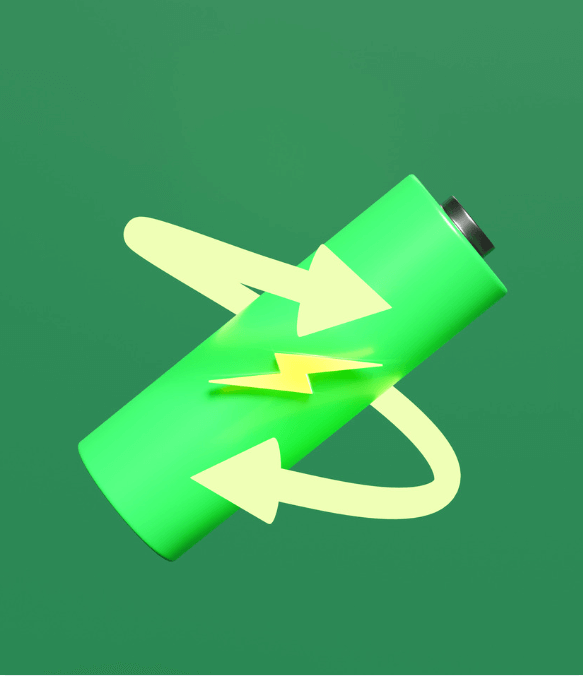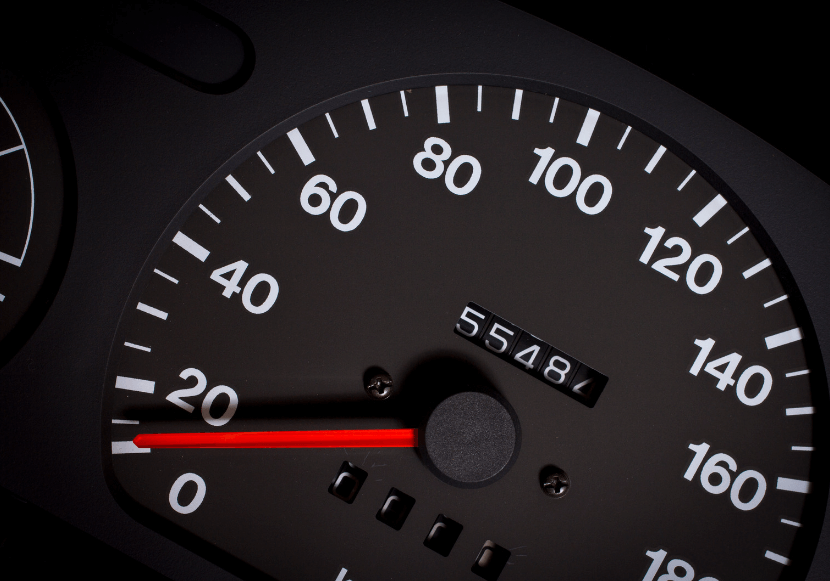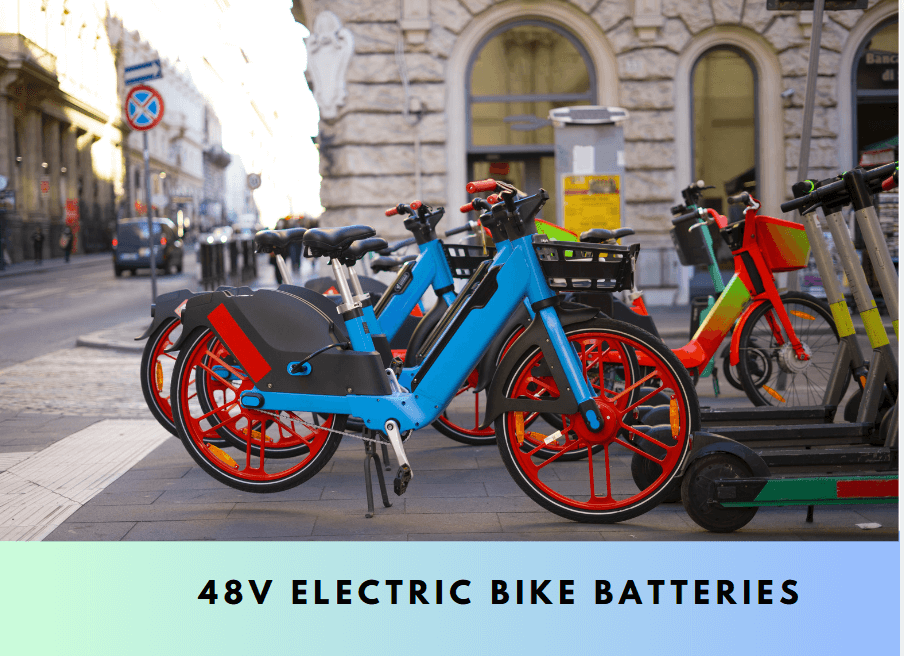
Lithium iron phosphate (also known as LiFePO4 LFP) batteries are gaining acceptance in various fields such as electric vehicles (EVs) and sustainable energy storage systems as well as portable electronic devices.
They are renowned for their exceptional thermal stability, cycle longevity and safety, when compared to other lithium-ion battery chemistries, LFP batteries are generally considered a durable and long-lasting energy storage. But the most commonly discussed issues regarding LFP batteries concern the best charging method and specifically whether LFP batteries need to be fully charged to 100 percent.
In this post, we will examine the nuances of charging LFP batteries to their full capacity. We will explore the chemistry of LFP batteries as well as their pros and cons, the potential effects of regularly charging up to 100%, and the most effective methods for maintaining the long-term health of batteries.
After reading this article you will have a complete understanding of the factors to consider when charging an LFP battery, enabling you to make an educated decision when using it in an automobile, home electrical system or otherwise.
LFP battery chemistry
Before discussing the specifics of charging, it is important to know the basic chemistry of LFP batteries. LFP batteries belong to the larger battery family that includes lithium-ion, however, they use lithium iron phosphate as their cathode material instead of traditional materials such as lithium cobalt oxide (LiCoO2) or nickel manganese cobalt (NMC).

LFP Battery Features The Following
Thermal Stability The LFP’s battery is not susceptible to overheating. This makes them especially safe in extreme temperatures. Long-Cycle Life LFP batteries are capable of handling thousands of charge-discharge cycles with no significant degradation of capacity. This is essential for applications that require batteries with long life.
Low energy density Although LFP batteries are a top choice for safety and durability, they have low energy density when compared to NMC and LiCoO2 batteries. They provide less power per unit weight, which can be a problem for applications like EVs where space and weight are important.
Should you charge the LFP battery to 100%?
The issue of whether it is desirable to charge LFP batteries to 100% is not a simple one and depends on many factors, including the specific design of the battery and user preferences, including the application objectives (e.g. maximize the power range of an EV size or prolong battery life).
Battery life:
Effect of Full Charge on Cycle One of the biggest issues with charging batteries made from lithium ion (including LFP batteries) up to 100% is the effect on their lifetime. Charging any lithium-ion battery to full capacity can cause slight degradation over time due to stress on the battery’s electrodes. This is especially evident in chemistries with high energy density, such as NMC, but LFP batteries are more durable and better able to handle a full charge without significant wear.
Calendar aging vs. cycle aging is the natural aging of batteries over time, even when not in use, whereas cycle aging is caused by frequent discharge and charge cycles. LFP batteries are not affected by the cycle aging process at 100% charge compared to other chemicals. Actually charging LFP batteries to 100% will not significantly reduce the number of charge cycles they can take, especially when they are stored in a favorable environment (eg at moderate temperatures).
Power efficiency and state of charge (SoC)
SoC LFP batteries are able to perform very well across a wide spectrum of SoCs, typically between 20 and 100 percent, to maximize performance. For certain applications, such as electric vehicles, charging up to 100% is required for maximum performance. However, for fixed storage systems such as solar energy storage a better option is to limit the charge to 80% or 90 percent, prioritizing durability over capacity.
No Memory Effect LFP batteries do not suffer from “memory effect” as older batteries made of nickel (eg NiMH) mean they no longer need to be fully discharged before charging. This gives flexibility in charging and discharging cycles. This can help extend battery life by eliminating extra full cycles.
Thermal management and safety
Charging a battery to 100% at full charge will typically generate more heat than stopping at 80% or 90 percent, which can lead to rapid degradation of most lithium-ion chemistries. But, LFP batteries are inherently more stable in thermal conditions, in addition, their operating temperature is wider and this means that they are less prone to overheating even when fully charged.
Safety Considerations LFP batteries are known for their safety features. They are less prone to thermal runaway, a dangerous condition in which battery temperatures rise uncontrollably in other lithium-ion batteries. This makes them a safe option for charging up to 100%, especially when battery safety is paramount.

Regularly charging the LFP battery to 100% results
Although LFP batteries tend to be more durable than other lithium-ion chemistries after being fully charged, there are some potential problems that can arise from frequent 100% charging, which users must be aware of.
Slightly Shorter Life Although LFP battery cells are very durable in terms of their cycle life and capacity, charging them to 100% frequently may cause a slight loss of capacity in the long run. Degradation is generally lower than with other chemical compounds, but those looking to extend their battery life may consider stopping charging at around 80-90%, especially where they don’t regularly need full capacity.
There is a trade-off between higher power availability vs. longevity but in other situations where battery longevity is more important (such as storage systems for energy storage systems) charging to 100% may not be necessary because limiting the SoC may increase battery life.
Temperature Sensitivity The reality is that LFP batteries are more thermally stable and charging them fully in extremely hot conditions can increase the chance of premature aging. A proper thermal management system and charging in cold temperatures can help reduce this risk.
Best practices for charging LFP batteries are
To ensure optimal performance and long-term durability in LFP batteries, it is important to follow the best charging guidelines:
Avoid extreme temperatures Although the LFP battery has a high capacity and is resistant to extreme temperatures, it is recommended not to charge it in extremely cold or hot conditions. Charging at moderate temperatures (between 20 and 30 degrees Celsius) will prolong battery life
Partial charging for long-term storage When you are going to store LFP batteries for a long period of time, you should charge them to about 50-60% before storage, rather than fully charging or fully discharging them. This can help reduce the risk of over discharge as well as reduce stress from overcharging during storage and prolong battery life.
Charge to 100% only when absolutely necessary Depending on your usage, charging up to 100% may not be necessary. For example, if LFP batteries are used in a solar storage system, you should charge the battery to 80-90% in most days. But the distance that electric vehicles may need to charge to 100% must be handled with caution, especially if the vehicle is not used immediately after charging.
Use a reputable charger with the correct settings To prevent an LFP battery from charging or overcharging, you should use a suitable charger specifically designed for batteries made of lithium-ion. Chargers with adjustable charge settings allow you to maximize charge rate control and allow you to charge a specific SoC (eg, 90 percent instead of 100 percent).
State of Charge Monitoring (SoC): Monitoring the SoC will allow you to prevent unnecessary full-charge cycles. Many modern gadgets or battery management systems (BMS) offer sophisticated monitoring tools to track the SoC and make it easy to maximize your charging practices.
Conclusion
Charging LFP batteries to 100% is generally safe and acceptable for most applications, especially those that require the full power capacity of the battery, such as electric vehicles. However, charging to 80-90% may be a more suitable strategy for users who want to prioritize longevity over capacity.
The key advantages of LFP batteries, such as their thermal stability, long cycle life and safety, make them more resilient to the effects of regular full charging than other lithium-ion chemistries.


















